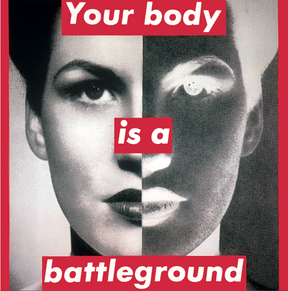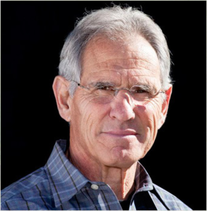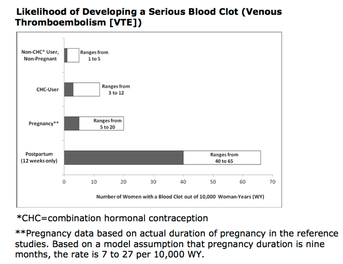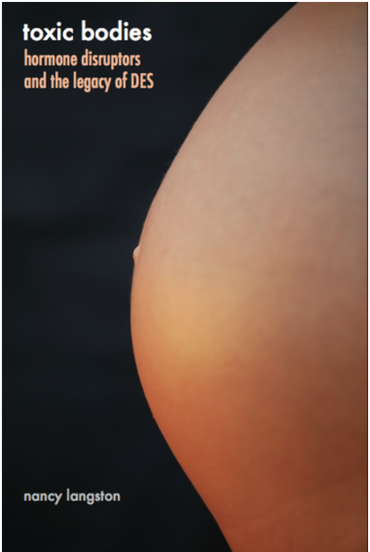Or, Things I Learned From Clots in my Lungs:
I am More than My Mind
 Barbara Kruger, Untitled (Your body is a battleground), 1989.
Barbara Kruger, Untitled (Your body is a battleground), 1989. In order to, often begrudgingly, take care of my body as well as my mind, I (used to) go on long runs. When my breathing difficulties got in the way of running, the rest of my physical routine fell apart -- diet, stretching, etc. From late October onward I spent an increasing amount of time resenting my body. Turns out, my body was functioning exactly as well as it could, given the adverse circumstances within it.
My takeaway is a reminder that my body IS me. Resenting it only tears myself in two and can hide real problems. I could have gone to the doctor's a lot earlier, but instead of being curious about what was going wrong, I spent my energy resenting my physical limitations. In a sentence: self care is important.
Self-Care
 John Kabat-Zinn, PhD., founder of Mindfulness-Based Stress Reduction
John Kabat-Zinn, PhD., founder of Mindfulness-Based Stress Reduction But this medical mishap made me re-evaluate what I can and cannot handle -- physically, mentally, and emotionally. Burn-out helps no one. Self-care is not optional, but necessary for function.
To fill the hole left by running and my exercise routine until I am fit again, I have started an eight-week online self-administered Mindfulness-Based Stress Reduction course. I'm meditating for a half hour (most) days, absorbing the assigned readings and videos, and spending intentional time taking care of myself. I'm saying no to events and tasks that are optional. I'm trying to go on walks a little bit longer or farther each day.
I'm trying to listen to myself--mind and body.
History Embodied
 From page 6 of the Nuva Ring FDA report.
From page 6 of the Nuva Ring FDA report. At that moment, history became real and present. In my body, I realized I was experiencing the cumulative effects of decades, even centuries, of history. The long series of political, social, economic, and scientific choices that made women responsible for birth control rather than men, that made it necessary for women to risk their lives to maintain control of their reproduction, that created systems of knowledge and power where I and hundreds of thousands of other women have no idea that our chances of getting a blood clot on birth control is as high as 1 in 1,000 -- and doctors I have seen say their years of practice makes them suspect it could be even higher. Still, the current FDA labels say the risk for blood clots is 3-12 per 10,000 women years using the Nuva ring. Three in 10,000 is a vast difference from the latest clinical studies -- and the range is so wide as to discount the upper levels of probability as only those who smoke, have family histories, etc.
Despite estrogen-based birth control first hitting the market in 1960, a twenty-first century peer-reviewed article that included hormonal birth control as one of their variables notes:
"There is good quality evidence on the magnitude of VTD (Venous Thromboembolic Disease) risk associated with specific clinical factors in women. No studies on the utility of preventive measures have been performed for most of these circumstances. There is no evidence about the risk associated with the combination of several risk factors."
 Ultimately, I decided to opt for NuvaRing -- at the time, thought to be lower-risk than oral hormonal contraceptives.
Ultimately, I decided to opt for NuvaRing -- at the time, thought to be lower-risk than oral hormonal contraceptives. The FDA pursues investigation after investigation, Merck pharmaceuticals has been sued, and mainstream outlets like NPR have occasionally followed the story over the past few years: see "Birth Control and Blood Clots: Women Still Weighing the Risks". But I was never one of the women weighing the risks -- I didn't know them.
This situation didn't arise overnight, and it won't disappear overnight either. As Nancy Langston notes in her book Toxic Bodies: Hormone Disruptors and the Legacy of DES,
"Political, cultural, and scientific pressures all shaped these repeated retreats from precaution, and the echoes of those decisions still haunt us today. [...] Any given exposure was probably harmless. Nevertheless, we have somehow created a world in which mushrooming chemical exposures go hand in hand with reproductive chaos, partly because no one can prove that an individual chemical caused a particular health problem, and so regulators have largely failed to act."

"Failures of regulation are expressed not just in hearings and in court cases, but also inside our own bodies."
Through this ordeal, I have been abruptly reminded that I am not merely a mind, but also a body. This body is physically affected by historical forces, just as social and cultural forces shape my thinking. Going forward, I'll be looking to inhabit my body more mindfully.
ADDENDUM:
Bumped from the middle to the top of my to-read list is Gabriela Soto Laveaga's Jungle Laboratories : Mexican Peasants, National Projects, and The Making of the Pill.
Does anyone have further recommendations for histories of hormonal birth control? Comment, email, or tweet!
 RSS Feed
RSS Feed